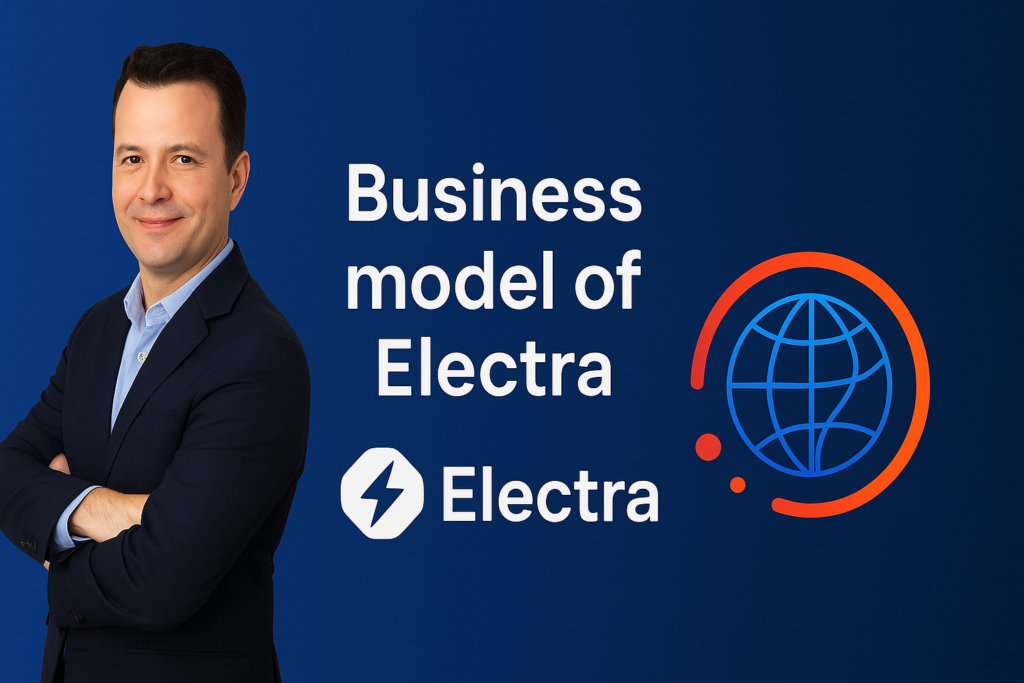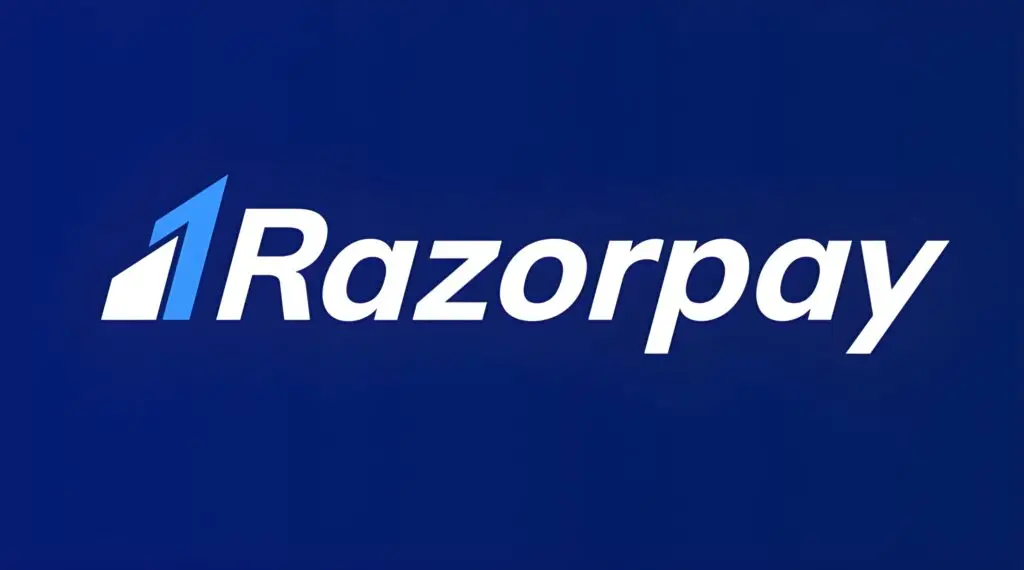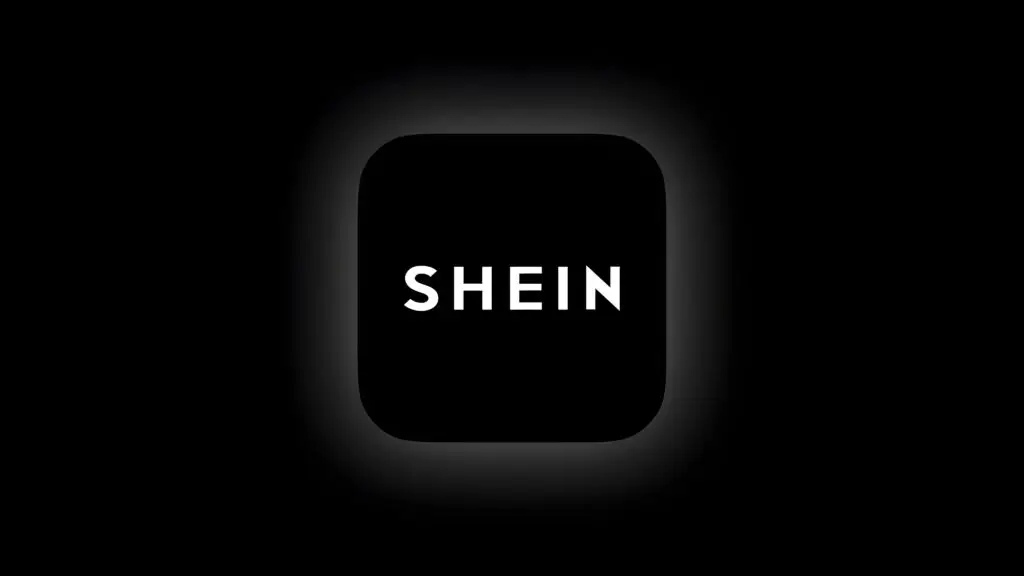| Aspect | Details |
|---|---|
| How Electra Started | Founded in 2018 as a subsidiary of Star Therapeutics using a hub-and-spoke model. Spun out independently in 2022 with $84M Series B funding led by OrbiMed and Westlake Village BioPartners. Team reunited leadership from True North Therapeutics (acquired by Sanofi for $825M). Started with focus on SIRP-targeted therapies for rare immunological diseases. |
| Present Condition | Secured $183M Series C funding (October 2025) led by Nextech and EQT Life Sciences. Lead drug ELA026 in pivotal Phase 2/3 trial for sHLH with exceptional clinical results (100% response rate, 92% survival at 2 months). Received FDA Breakthrough Therapy designation and EMA PRIME designation—first therapy to receive both for sHLH. Independent biotech with 35 employees, operationally separate from Star since 2023. Second program ELA822 advancing to clinical trials. |
| Future of Electra & Industry | Rare disease treatment market expected to reach $242.5 billion in 2025 and $426 billion by 2030 (CAGR 11.93%). Gene therapy and monoclonal antibodies fastest-growing segments. Electra expects pivotal trial completion in 2027 with potential first-ever approved sHLH treatment. SIRP platform technology applicable to multiple diseases in immunology and immuno-oncology. Industry shifting toward precision medicine, gene therapies, and curative one-time treatments. Only 650 drugs approved for 7,000 rare diseases—massive opportunity. |
| Opportunities for Young Entrepreneurs | Rare disease biotech offers regulatory incentives: 7-year FDA exclusivity, 25% tax credits, fee waivers. Small patient populations mean faster clinical trials and lower recruitment costs. AI-driven virtual trials and decentralized studies reducing barriers. Gene therapy manufacturing becoming more accessible through closed-loop systems. Patient advocacy groups actively seeking partnerships. Orphan drug approvals accelerating—FDA approved 150+ in 2023 alone. VC funding available for novel platforms addressing multiple diseases with single therapy. |
| Market Share of Electra | Private company, valuation undisclosed. Raised total $267M+ ($84M Series B in 2022, $183M Series C in 2025). No approved products yet—entire value in pipeline potential. Operating in global rare disease treatment market valued at $242.5B (2025). sHLH has no approved therapies—Electra positioned for 100% market capture if approved. Competing with off-label therapies that have 50% mortality rates. |
| MOAT (Competitive Advantage) | First-in-class SIRP-targeting technology: Novel mechanism depleting pathogenic immune cells vs. broad immunosuppression. Clinical proof: 100% response rate and 92% survival—double current therapy outcomes. Regulatory edge: Only therapy with both FDA Breakthrough and EMA PRIME for sHLH, accelerating approval. Platform potential: SIRP technology applicable across multiple diseases (immunology, cancer). Team pedigree: Leadership from True North ($825M exit) with proven rare disease drug development track record. No direct competitors for SIRP-targeted sHLH treatment. |
| How Electra Makes Money | Currently pre-revenue—no products on market yet. Future revenue model: selling ELA026 as prescription therapy for sHLH upon FDA/EMA approval (expected 2028-2029 post-trial completion). Orphan drug pricing model allows premium pricing due to rarity and lack of alternatives. Potential licensing deals with pharma giants (Sanofi already investor). Additional revenue from ELA822 and future SIRP-platform drugs. Long-term: expanding approved indications for ELA026 in other inflammatory diseases and cancers maximizes patent life and market penetration. Typical rare disease drugs generate $200M-$2B+ annually depending on patient population. |

My Name is Adarsh and I am Empowering startups with high-quality content at Startups Union and bridging the gap between brand stories.




